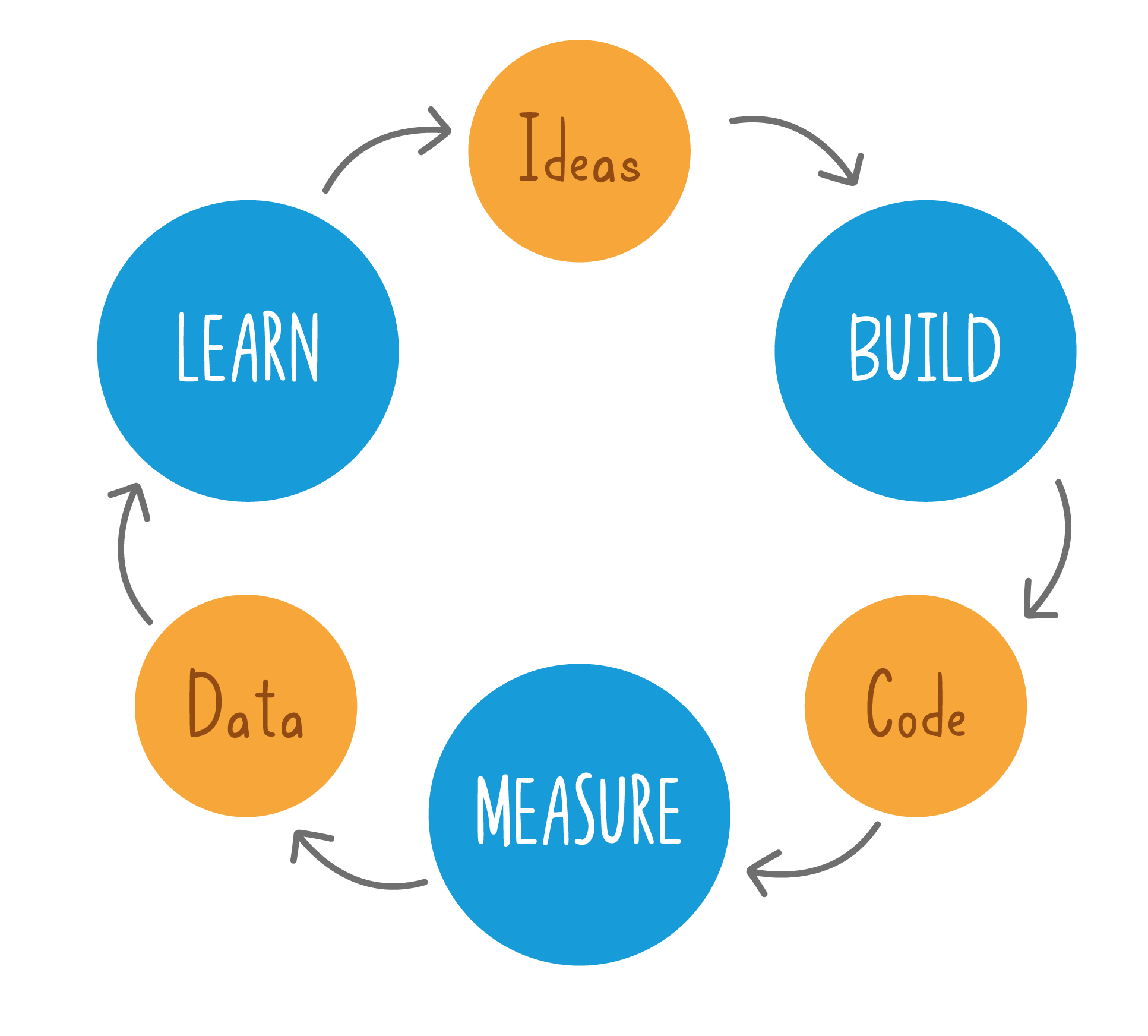Lean Startup: the “Ukemi” of Product Development Innovation-EN
Juan Luis Jimeno
- Digital Innovation
- Article
Uke: in Japanese martial arts, a person who receives a technique.
Ukemi: allows the uke to suffer as little damage as possible from a fall. If done correctly, the force of hitting the ground will spread along non-critical parts of the uke’s body. By doing ukemi correctly, the uke can get out of danger and go on to their next course of action without suffering too much damage from falling.
What is Lean Startup?
This is what occurred to me when I was thinking through this article on what Lean Startup is and how it can help your organization. And, if there is one thing Lean Startup can help you with while launching your next product or service, it’s not to hurt you when you fall.
In other words, fail quickly and cheaply. Or let me say it this way: don’t waste time or money producing ideas that sounded great when drawing them on a napkin in a coffee shop, but that no one is willing to pay for.
In the same way, Lean Startup prepares us for the fall. How? By applying the principles of the scientific method to the creation of business models. In this way, failure isn’t a random result of your attempt to market a new product; instead, failure is a possible result you already took into account in your methodology focused on the validated learning cycle:
- Start with a vision from a business idea with one or more initial hypotheses.
- Build something quickly and cheaply that allows you to experiment (and, above all, learn).
- Measure the results to see whether or not they confirm your initial hypotheses.
- Based on the information obtained, decide whether to go ahead or to pivot and take another look at your business model hypotheses.

Minimum Viable Product
The MVP has been described in many different ways. So many, in fact, that it sometimes loses its original meaning. As Eric Ries defines, the MVP is “that version of a new product which allows a team to collect the maximum amount of validated learning about customers with the least effort.”
This definition has generated confusing interpretations at times, causing some to think it was about creating a first beta version of the product and launching it to the market to see the reactions of the target audience. An MVP, in the first instance, also helps to validate whether the problem you are going to try to solve really exists, and eventually, determine whether you are going to build that new product or not. Therefore, an MVP can even be something as simple as experimenting with an AdWords campaign to see if there is interest in the target audience.
To generalize and clarify, I’ll say that Lean Startup operates in “lanes” that are established by “Validated Learning” (Create, Measure, Learn). In these lanes, MVPs (plural, since to validate a business model you will need to generate and test many different MVPs) are artifacts that you are able to create quickly and that will allow you to learn as much as possible about the hypotheses your business model is based on.
So how can using Lean Startup in you organization add value?
Advantages to Using Lean Startup
From our experience and point of view, here are some of the main advantages that Lean Startup can bring to your organization:
- Better understand clients’ needs (grasp the problem).
- Learn how to base product and service development decisions on facts – on validated learning. These are just a few of the questions Lean Start will help answer:
- Do you really know how to generate interest and capture customer attention?
- Is there a market for this business idea?
- Are you able to handle the growth engine that will make this business model work?
- Understand that obtaining feedback from clients and incorporating improvements is part of agile development and that, long before this, you must ensure that the product is really worth developing (this should be a team decision).
- In order to accomplish #3, it’s necessary to answer many questions about the business model itself, not only about whether or not the functionalities and product design will satisfy clients. (You can efficiently create marvelous products and services, and, on the contrary, be unsuccessful in attracting the number of clients needed to make the idea a profitable and scalable business.)
- Adopt an exploratory culture as a basis for teams to work without the fear of failure, understanding that experimentation is a vehicle for learning and failure is an inevitable side effect of experimentation.
- Embrace and make time to learn. Not focusing as much on delivery, but on learning (teams obtain validated learning as soon as possible through experimentation and stress-testing the business model on which you will build, or not, your product or service).
Gracias,
— Juan Luis

Are you failing slowly and expensively?
Join the list of organizations that have already started the exploratory culture movement by learning to fail quickly and cheaply in our Lean Startup Fundamentals course.